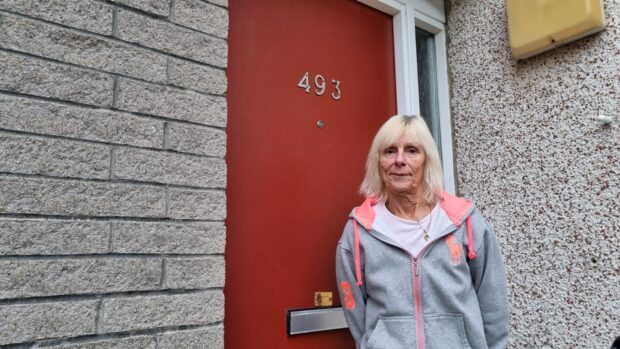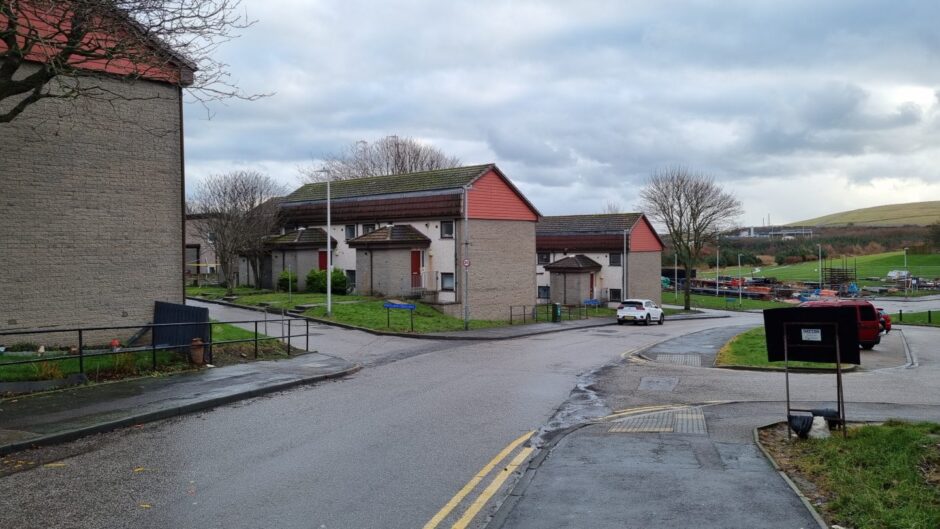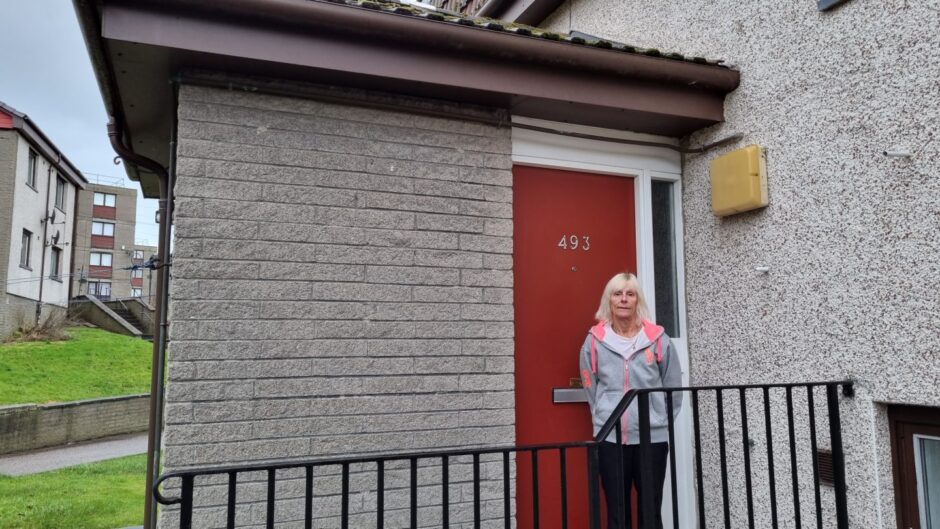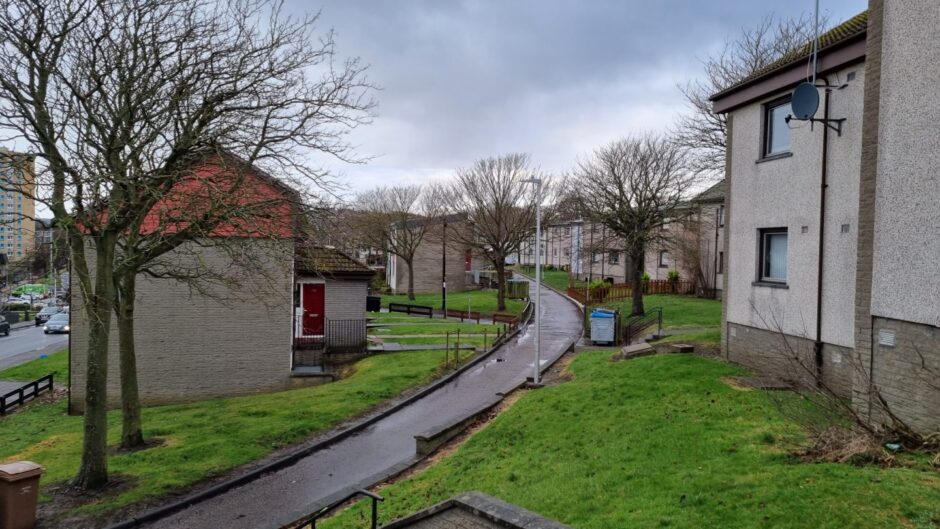Torry residents have raised concerns about the cost and chaos that will be involved in checking their homes for RAAC.
Last week, Aberdeen City Council wrote to all residents and owners of properties of a “particular historic construction type” in the Balnagask area after evidence of RAAC was found in the roofs of 30 homes.
The next stage will be to inspect a larger sample size of Balnagask households, and residents – both council and private tenants – will be contacted directly to arrange inspections.
It’s estimated by the council that 500 households could be affected and despite assurances that the council will keep them well-informed, residents are concerned about the future of their homes.
“This is going to cost a lot of money”
William and Jacqueline McIntosh, a retired couple who own their property on Balnagask Road, said it’s frustrating not knowing where they currently stand.
Jacqueline, who is 80, said: “The council should have told us all those years ago before we bought it.
“Since we are privately owned, if repairs are required then it is going to cost us a lot of money.
“We have seen buildings around here getting their roofs worked on but we haven’t heard anything.
“You don’t know where you stand with the whole situation.”
Balnagask resident in the dark
Lynne Walker, 63, rents her property from the council on Pentland Road and fears being moved out of her home while inspections and potential repairs take place.
“Myself and my partner have an illness – I really don’t want to be moved outside my house because of this,” she said.
Widespread issue in Balnagask?
Sheena Mann said she isn’t worried about RAAC in her own home but is concerned about how widespread the problem seems to be.
She said: “I’m not that worried about RAAC – these buildings have been up for around 50 years.
“They’ve sent out a letter to arrange a viewing so I hope that if there is any damage then they will find it.
“If they find it then make it safe, then that will be good. But 500 buildings affected in Balnagask is a lot – I’m not sure they would be able to fix all of them.”
What is RAAC and why is the council worried about it?
Reinforced autoclaved aerated concrete (RAAC) was used between the 1950s and 1990s as a lighter, cheaper alternative construction material.
The brittle material is known to appear in flat roofs, but has also been seen in pitched roofs, floors and walls.
The concrete is aerated and less durable than traditional concrete, meaning that many buildings are at risk of crumbling.
In the letter sent to council tenants, the city council said it will make arrangements for access for the surveys in council properties. Property owners are advised to seek their own surveys.
The on-going exercise to check all of Aberdeen City Council’s 23,000 housing stock has not found any other RAAC so far.
An Aberdeen City Council spokeswoman said: “The council will continue to do all we can to provide support and advice, and we will continue to be guided by advice as matters progress.”
How big a problem is RAAC in Aberdeen?
The Press and Journal previously reported that more than 70 NHS buildings across the north and north-east were at risk.
The list extended to primary schools and academies, university buildings and even part of the Aberdeen Council headquarters.



